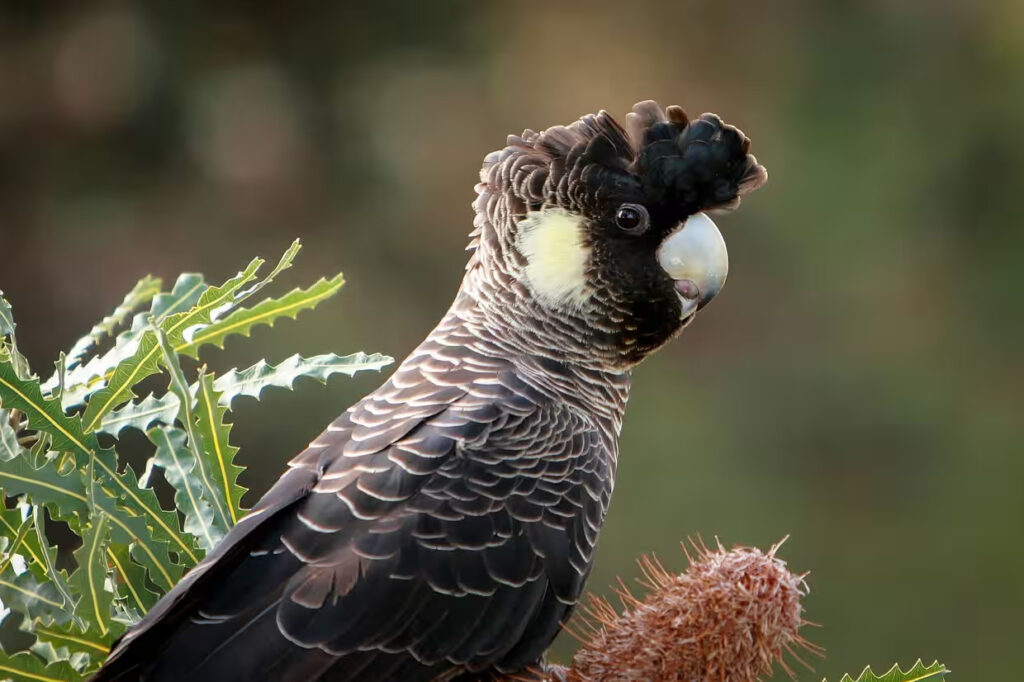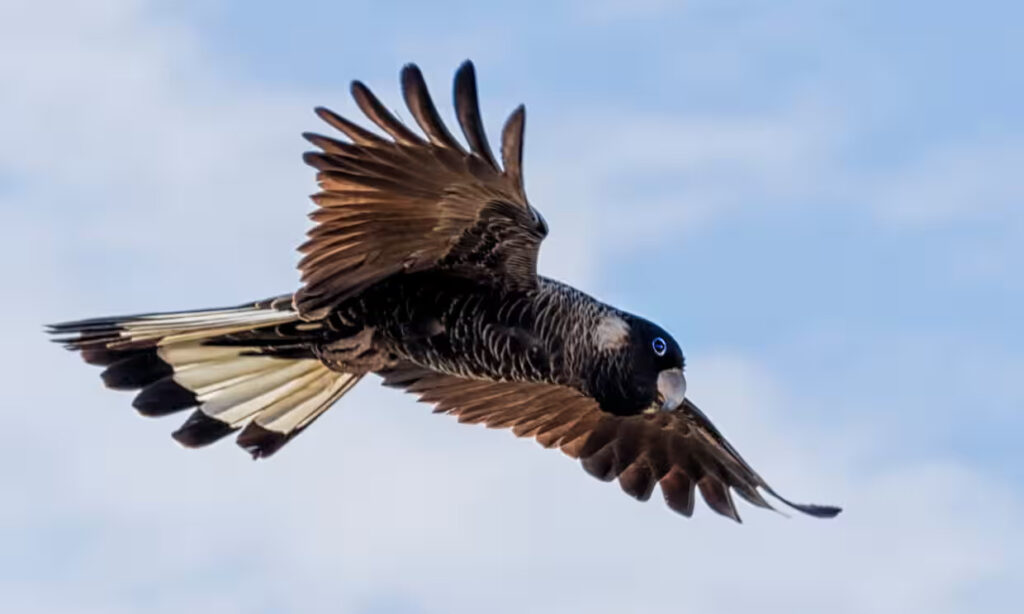Once, these serene and jubilant birds graced Perth’s skies as guardians, now facing endangerment amid vanishing habitats.
Join the celebration of Australia’s Bird of the Year poll.
Dive into our immersive coverage dedicated to the Bird of the Year.
Start your day with our warm morning greetings and wind down with our afternoon updates, available through our free app or daily news podcast.
Captivated by a friend’s video of Carnaby’s cockatoos in her backyard, I witnessed a family of five delighting in a native banksia’s golden orbs. Their squawks and cackles filled the air, the tree gracefully bowing under their weight.
As they soared into the sky after their banquet, their woozy, fluting call stirred emotions deep within me. A blend of nostalgia and affection welled up, their melodic chorus echoing my childhood’s soundscape.
They stood sentinel during after-school pick-ups, perched in pine trees and adorning the driveway with seeds. Weekends at Greenmount National Park meant watching them contentedly nestling in the marri trees. Holidays in Yanchep were adorned by the thrilling sight of raucous flocks streaming overhead.
Encounters with Carnaby’s cockatoos have become rare in my urban life, a realization that sparked curiosity. ‘They used to blacken the sky,’ recalls Prof Kris Warren, a black cockatoo specialist from Western Australia. ‘Decades ago, flocks of up to 7,000 graced Perth. Now, spotting a hundred is a rarity.’
These iconic birds, native to Western Australia’s south-west, are etched in local lore. Vibrant murals across Perth showcase their playful spirit, and bird watching enthusiasts rejoice in sightings. Yet, this adoration starkly contrasts their rapid decline.
Estimates show a 50% to 80% plummet in Carnaby’s cockatoo numbers over 45 years, declining by 4% annually. Blame falls heavily on land-clearing, eradicating 90% of their crucial foraging, breeding, and roosting grounds since European settlement.
It’s a slow demise for these majestic beings, besieged by motor vehicle accidents, nesting hollow competition, and diseases. Additionally, much of the remaining population is past breeding age.
Compounding the crisis, the state’s plans to continue logging the Gnangara pine plantations, vital for the bird’s sustenance in the Perth-Peel region, could spell disaster.
“Few grasp the gravity of this plight,” warns Kingsley Dixon, a botanist and former science director of Kings Park. “Perth, to humans, may seem utopian, yet we’re the epicenter of extinction. We’ve ravaged 70% of the south-west landscape, and the disregard persists.”
The plight of Carnaby’s cockatoo speaks volumes, a poignant reminder of the irreplaceable loss within our landscapes, urging a reconsideration of our impact on these precious creatures.

The Ngoolark (Carnaby) also has great cultural significance to Noongar people and they take on multiple meanings, including rain carriers, spiritual messengers and family totems. Murdoch University found that the decline of the species is causing great distress for some Noongar communities.
The Baudin’s black cockatoo, which looks very similar to the Carnaby, is now critically endangered, with a population decrease of 90% over the past three generations.
Warren says the only way we can reverse Perth’s cockatoo population decline is to “shift from net habitat loss to net habitat gain”. While this needs to happen at a government and industry level, individuals can help by planting native trees like banksia, hakea and eucalyptus species.
“The Carnaby has been here for 10 to 20 million years,” Dixon says. “They’re survivors and they are so special to this place.
“If we can’t save the Carnaby, we can’t save anything,” he continues. “We have so much data about these birds, we know what we need to do. I just don’t want the last song of the Carnaby. None of us want that.”
Looking up to the sky today, where the Carnaby once flocked in their thousands, I feel the weight of what has been lost and the urgency to save them.
Like so many people across the south-west, I adore these birds. Their exquisite bodice of black and white scalloped plumage. Their gentle, knowing eyes and gleeful expression. The way the mums and dads couple for life and creche their young in a “nursery tree”, hidden high up among dense foliage.
I can’t help but think of a quote by the Irish writer Robert Wilson Lynd: “In order to see birds it is necessary to become a part of the silence.”
We cannot possibly turn the fate of the Carnaby without stepping into their world, observing the whirl and pulse of their skyward journeys and embracing our innate reciprocity with the earth’s ecosystem. Perhaps if we listen for long enough we might understand their clarion call: this is our home.
